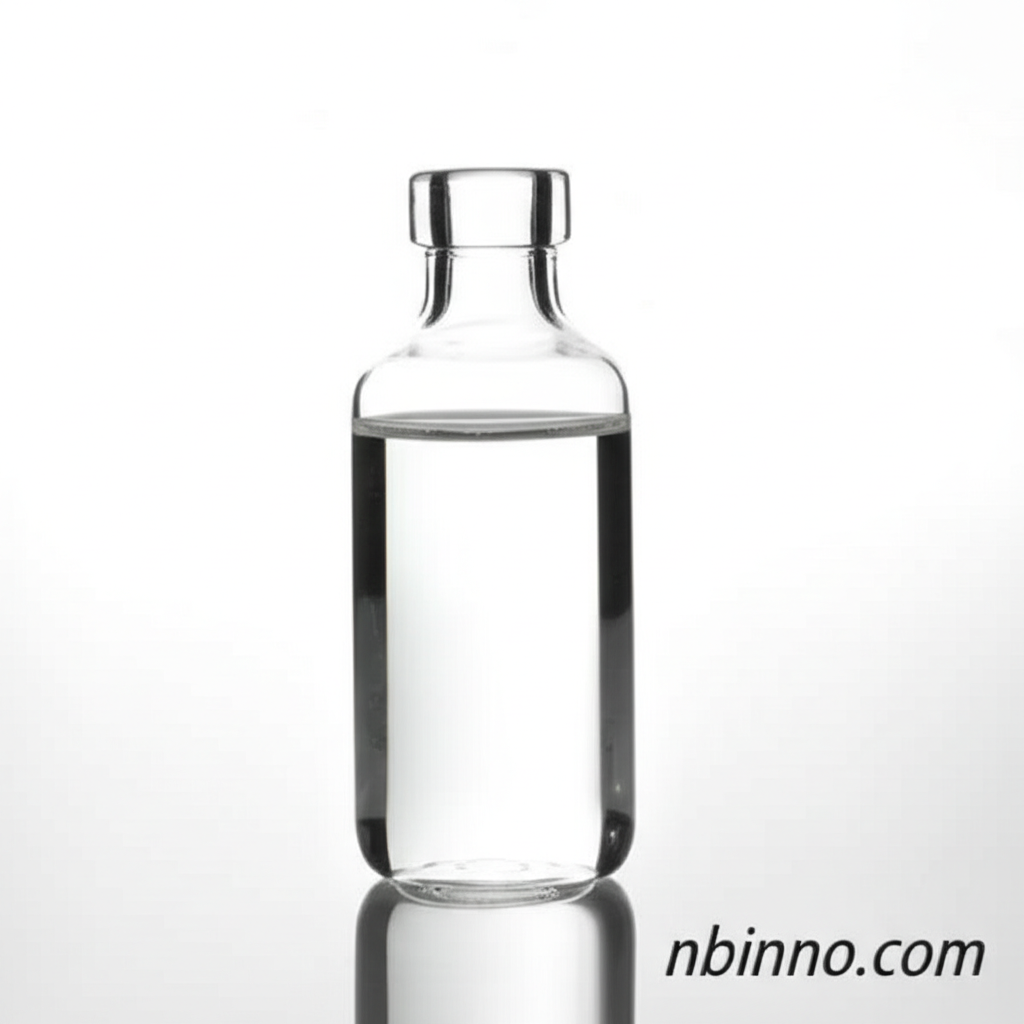Sodium Butanolate CAS 2372-45-4: Your Key to Advanced Organic Synthesis
Unlock powerful chemical transformations with this essential strong base and nucleophile.
Get a Quote & SampleProduct Core Value

Sodium Butanolate
Sodium butanolate, identified by CAS number 2372-45-4, is a highly versatile organic compound renowned for its potent basicity and nucleophilic character. It serves as a critical reagent in a wide array of organic synthesis processes, facilitating deprotonation reactions and acting as a catalyst for numerous chemical transformations.
- Discover the power of sodium butanolate in organic synthesis, a key reagent for complex chemical reactions.
- Leverage its properties as a strong base to perform essential deprotonation steps in your synthetic pathways.
- Explore various sodium n-butoxide applications, from alkylations to condensation reactions, enhancing your chemical capabilities.
- Ensure safe and effective handling of this crucial chemical reagent by understanding its properties and recommended procedures.
Key Advantages
Exceptional Basicity
As a strong base, sodium butanolate is invaluable for abstracting protons efficiently, driving reactions that require precise pH control and deprotonation.
Versatile Nucleophile
Its nucleophilic nature makes it ideal for substitution and addition reactions, opening pathways to diverse organic compounds.
Broad Applicability
From laboratory research to industrial chemical manufacturing, its utility spans a wide range of applications in fine chemical synthesis.
Key Applications
Organic Synthesis
Facilitates a wide range of reactions, including deprotonation, alkylation, and condensation, crucial for creating complex organic molecules.
Catalysis
Acts as an effective catalyst in various organic transformations, accelerating reaction rates and improving yields.
Alkoxide Chemistry
As a primary alkoxide, it participates in characteristic alkoxide reactions, expanding its synthetic utility.
Fine Chemical Production
Essential in the production of fine chemicals, serving as a critical building block or reaction promoter.
